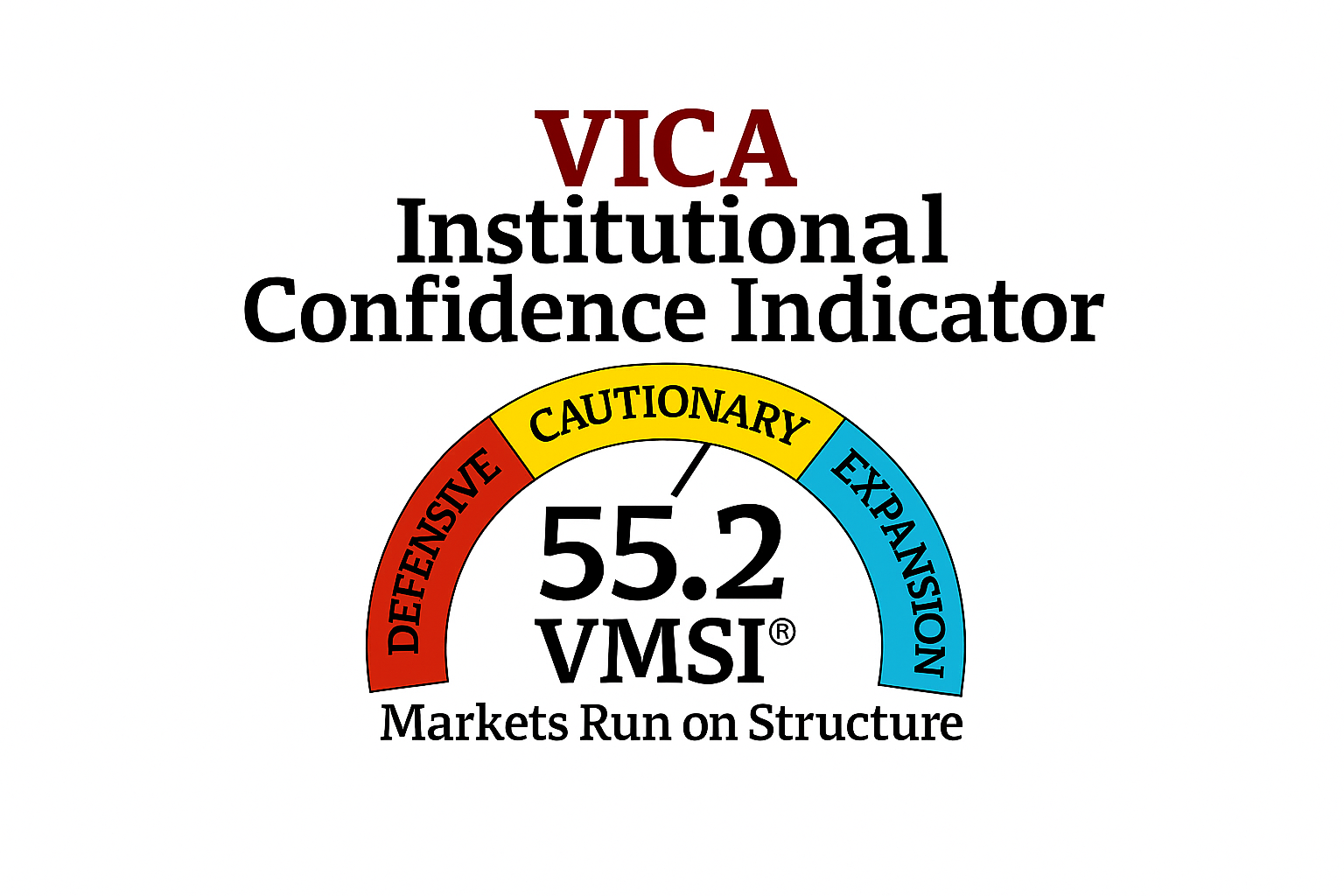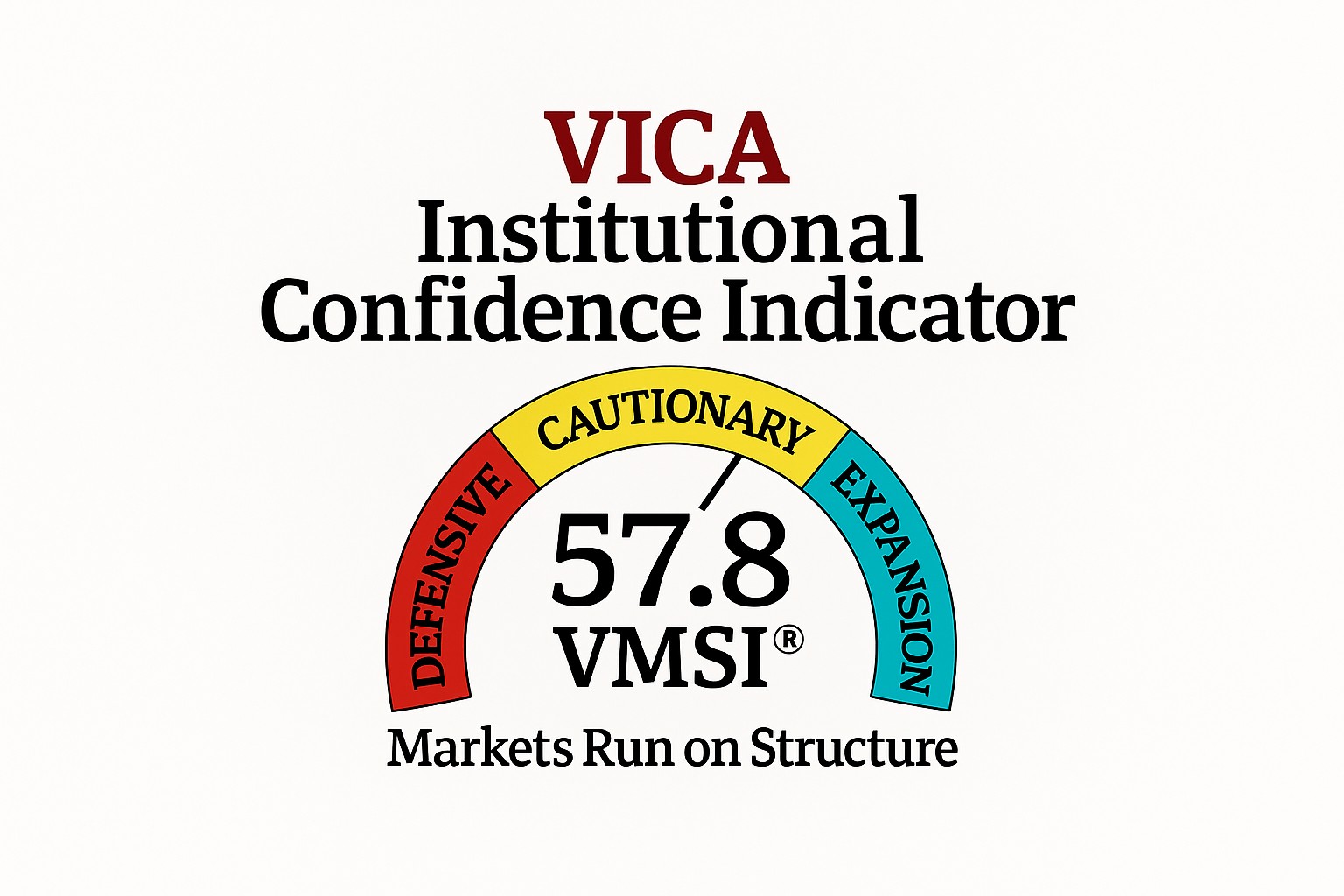After-market trading, also known as extended-hours trading, refers to the trading of stocks and other securities outside the regular trading hours of major stock exchanges. Here are some facts about after-market trading:
- Extended Trading Hours: After-market trading allows investors to buy and sell securities after the regular trading hours of the stock exchanges. It typically extends the trading day by a few hours before the market opens and after it closes.
- Limited Access: After-market trading is not as widely accessible as regular trading hours. It is primarily available to institutional investors, such as hedge funds, and individual investors who have brokerage accounts that offer extended-hours trading.
- Price Volatility: Trading volumes during after-market hours are generally lower than regular hours, which can lead to increased price volatility. As a result, the bid-ask spreads can be wider, meaning there can be larger gaps between the buying and selling prices of securities.
- Earnings Releases and News: After-market/ pre-market trading is particularly active during earnings season when companies release their quarterly or annual financial results. Investors react to these announcements, and the stock prices can experience significant movements during extended trading hours.
- Different Trading Rules: After-market trading operates under different rules and regulations compared to regular trading hours. For example, the New York Stock Exchange (NYSE) and NASDAQ have specific order types and restrictions for after-market trading.
- Lower Liquidity: Due to lower trading volumes, after-market trading may have lower liquidity than regular trading hours. This means it can be more challenging to execute trades at desired prices, and there is an increased risk of wider price spreads.
- Risks and Volatile Conditions: After-market trading can be riskier compared to regular trading hours. News releases, economic data, and geopolitical events that occur outside of regular trading hours can impact prices and create volatile trading conditions.
- Limited Securities: Not all securities are available for after-market trading. Typically, stocks that have sufficient trading volumes and meet specific criteria set by exchanges are eligible for extended-hours trading.
- Different Price Quotes: The price quotes displayed during after-market trading may differ from the closing price of the regular trading session. This is because the after-market quotes reflect the supply and demand dynamics during extended hours.
- Pre-Market Trading: Pre-market trading is another form of after-market trading that occurs before the regular market opens. It allows investors to trade securities before the official opening bell, and it operates under similar rules and limitations as after-market trading.





